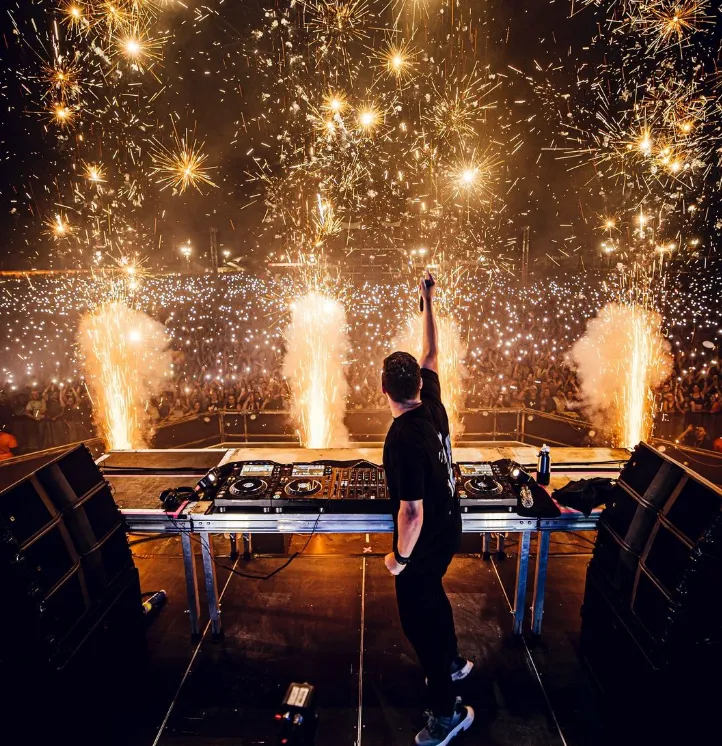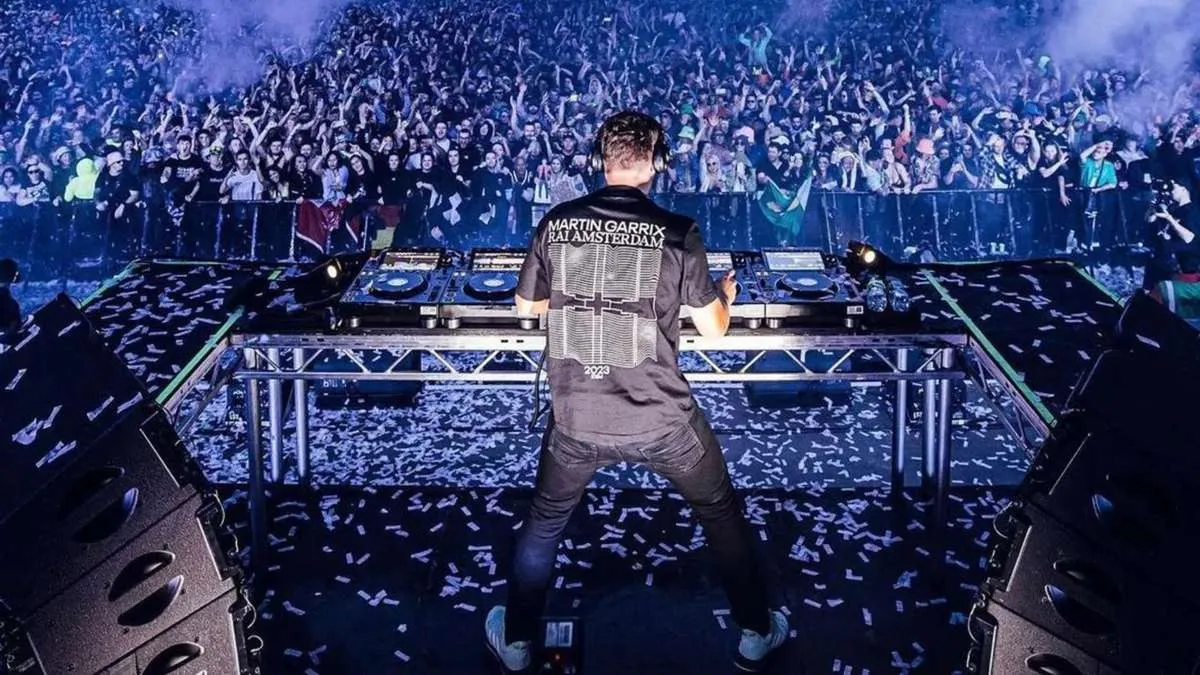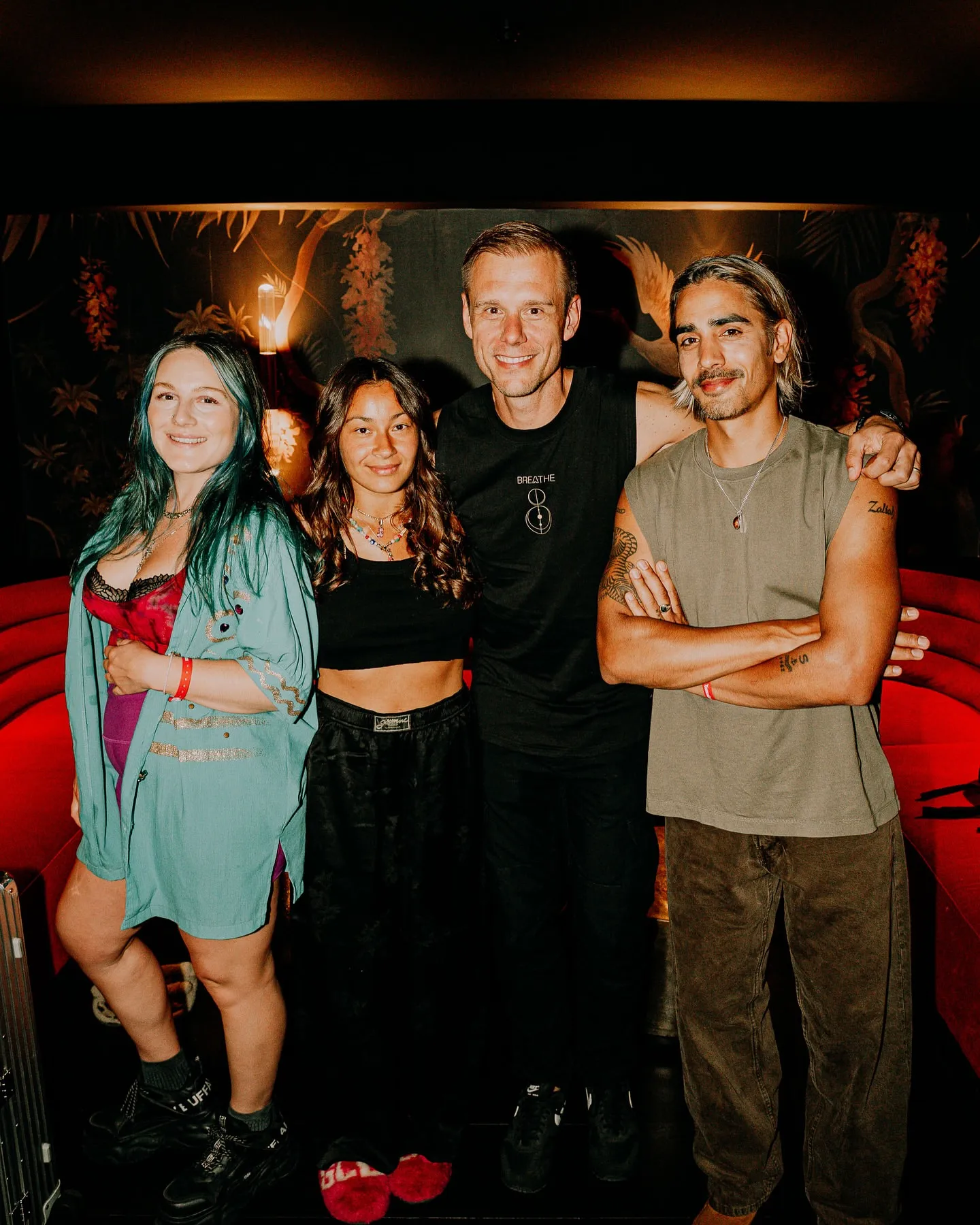

Martin Garrix Challenges the EDM World with His Own World Tour: Is This a Sign of Innovation or a Greedy Move to Escape the Overloaded Festival Scene?
The global electronic dance music (EDM) scene is constantly evolving, with artists striving to push the boundaries of performance and audience engagement. Martin Garrix, one of the most prominent figures in EDM, has recently announced his own world tour, breaking away from the traditional festival circuit. This move has sparked debate among fans and industry insiders: is it an innovative step forward or a strategic decision to maximize profits while escaping the saturated festival scene?
The Evolution of EDM Performances
For years, the EDM industry has been dominated by massive music festivals. Events like Tomorrowland, Ultra Music Festival, Coachella, and EDC Las Vegas have defined the careers of DJs and electronic artists, serving as the primary platforms for exposure. These festivals attract hundreds of thousands of attendees, giving artists unparalleled reach to both loyal fans and new listeners.
Martin Garrix, a staple headliner at these events, has long been one of the biggest draws in festival lineups. His performances have been synonymous with high-energy sets, breathtaking visuals, and anthemic drops that create unforgettable moments for fans. However, with his recent decision to embark on an independent world tour, he is stepping away from this traditional model, raising questions about the motivations behind such a move.

Breaking Free from the Festival Formula
By launching his own world tour, Martin Garrix gains full creative control over his performances. Unlike festivals, where he is given a limited set time and must conform to the event’s overall theme, a solo tour allows him to tailor the entire experience. This means he can create a custom visual show, play extended sets, introduce exclusive music, and deliver a more immersive experience for fans.
Moreover, festivals are crowded with multiple headliners, often causing competition for audience attention. Even the biggest DJs must share the spotlight, making it difficult to truly stand out. A solo world tour eliminates this problem, placing Garrix at the center of attention. His concerts become an exclusive event rather than just another festival performance.
However, there is also a potential downside to this approach. Festivals serve as a discovery platform where casual listeners can stumble upon new artists while attending for other headliners. By focusing solely on his own tour, Garrix risks limiting his exposure to the same core fan base, possibly missing out on opportunities to attract new listeners.
A Bold Step Towards Innovation or a Cash Grab?
One of the primary concerns surrounding Martin Garrix’s independent tour is whether it’s driven by artistic ambition or financial motives. Festivals have structured revenue models where artists earn a performance fee, while promoters and sponsors handle the logistical and financial burdens. Running an independent tour means Garrix takes on full financial control—including ticket sales, merchandising, sponsorships, and overall production revenue.
This shift allows for potentially higher earnings, as profits are not shared with festival organizers. By steering away from festivals, Garrix avoids competing with multiple headliners and eliminates the risk of being overshadowed. He also creates a more exclusive brand experience, where attendees are guaranteed a full Garrix-centric event rather than a shared stage with other big-name DJs.
Yet, organizing a global tour is no easy feat. It requires massive investment in logistics, venue bookings, ticketing, promotions, and technical production. Unlike festivals, which have established infrastructures, a solo tour demands building everything from scratch. If the financial returns don’t meet expectations, this could be a costly and risky endeavor.
Additionally, fans have raised concerns about accessibility. Festivals often provide a cost-effective way to see multiple artists in one event, offering value for money. Individual world tours tend to be more expensive, which might alienate certain segments of the audience. Ticket prices for a solo Garrix event could be significantly higher than festival entry fees, making it a luxury experience rather than an inclusive one.
What This Means for the Future of EDM Performances
If Martin Garrix’s world tour proves successful, it could set a new precedent for other EDM giants. Artists like Calvin Harris, David Guetta, Tiësto, and Zedd may follow suit, opting for self-organized tours instead of relying on festival gigs. This shift could redefine how EDM shows are structured, with more personalized experiences replacing the traditional festival format.
However, this transition could also bring unintended consequences. If more DJs abandon festivals in favor of solo tours, it could weaken the appeal of large-scale EDM festivals. Festivals thrive on the excitement of stacked lineups, and losing major headliners could diminish their value. Promoters might also struggle to maintain ticket sales if high-profile artists pull out in favor of independent events.
On the other hand, smaller and emerging artists could benefit from this change. If festival organizers have to look beyond the usual superstar DJs, they may start giving opportunities to rising talents. This could lead to a fresh wave of innovation in the EDM industry, allowing lesser-known producers to gain exposure and develop their careers.
The Industry’s Response to Martin Garrix’s Tour
Reactions to Garrix’s decision have been mixed. Some industry insiders praise the move as a bold statement of artistic independence, while others see it as a calculated business move. Promoters and festival organizers, understandably, are wary of what this could mean for the future of large-scale events.

Fans, too, are divided. While many are excited about the prospect of an extended and intimate Garrix performance, others feel disappointed that he won’t be appearing at their favorite festivals. The accessibility issue is a major talking point, with some fans expressing concerns over ticket affordability and tour locations.
Social media discussions around this topic have been lively, with some users defending Garrix’s right to control his own artistic vision, while others accuse him of prioritizing profits over fan inclusivity.
Conclusion: A Pivotal Moment for EDM?
Martin Garrix’s decision to launch his own world tour marks a significant moment in the evolution of EDM performances. Whether this move is a groundbreaking step towards innovation or a strategic financial decision remains to be seen. What is certain, however, is that this bold shift challenges the conventional norms of EDM performances and could reshape the future of live electronic music.
If the tour is successful, it may inspire more DJs to take control of their careers, leading to a wave of independently organized events. This could usher in a new era of creativity and customization, allowing artists to provide fans with unique experiences that are not constrained by festival schedules and regulations.
However, the risks are equally high. If this model fails to attract sufficient audiences or proves financially unsustainable, it could serve as a cautionary tale rather than an industry-changing trend.
For now, all eyes are on Garrix as he embarks on this ambitious journey. Whether it turns out to be a masterstroke of innovation or a controversial cash grab, one thing is clear: the EDM world will never be the same again.


















